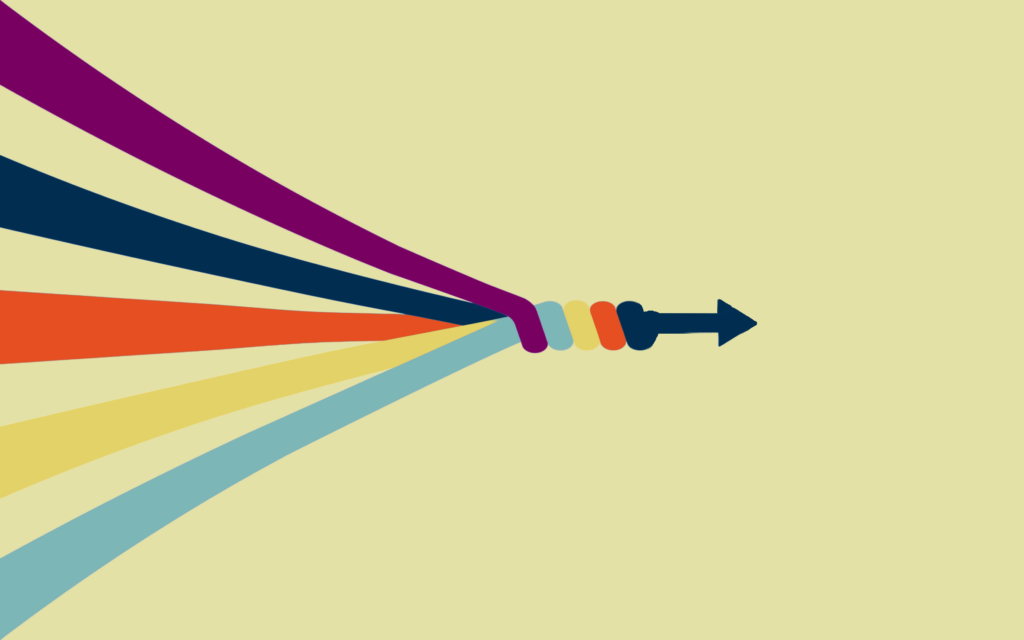Here we detail what journalism can learn from other fields where professionals have endeavored to bridge research and practice — namely, medicine and education. While the incentive structures in these fields are very different, they share with journalism a grounding in truth, accountability and public service. In this section we explore the robust systems medicine and education have created for continuous learning, application of research and professional development.
From translational research and tailored support to practical application
In medicine, translational research seeks to bridge the gap between laboratory findings and clinical applications in an attempt to improve patient care. For instance, the National Cancer Institute’s Translational Research Program funds and shares the results of early clinical trials.
Educational researchers contextualize their findings to address local needs. Organizations like the American Institutes for Research (AIR) tailor their support to fit different educational environments, ensuring that interventions are relevant and effective by linking their work to classroom practices, policy making and structural change. One example is its work on “Teacher Preparation and Performance,” in which AIR connects directly with institutions training teachers to understand their scope and function. Then, the organization provides assistance — such as by creating more pathways to teacher education or finding opportunities to make professional development more affordable. Journalism researchers can follow this model to similarly provide recommendations and a range of effective practices tailored to diverse newsroom contexts.
Knowledge infrastructures and accessibility
Both medicine and education have established knowledge infrastructures that facilitate the dissemination and practical use of research. Medical professionals use databases like UpToDate, which compiles and organizes the latest scholarly research, providing practical treatment paradigms and recommendations. Similar online resources exist for a number of subspecialties, which means practitioners can easily find relevant developments in their practice areas.
Educational institutions have also developed platforms like the Regional Educational Laboratories (RELs) to translate research into practice by partnering policymakers with practitioners. Working with key education stakeholders is essential to the REL program’s success, as it involves local, regional and state education leaders to design, execute and evaluate activities meant to improve long-term student outcomes. This focus on applied research, training, coaching, technical support and dissemination to address high-priority needs ensures effective communication and supports applying evidence-based practices. RELs even train educators on how to read and understand the research they include in their clearinghouse.
In both fields, knowledge brokers support this infrastructure. Knowledge brokers facilitate the transfer of research findings to practice by translating complex research into user-friendly formats and helping practitioners implement new strategies. For instance, in medicine, knowledge brokers help to ensure that the latest research findings are integrated into clinical practice. This is done through in-house professional development sessions and large educational organizations bringing scholars and practitioners together through conferences, workshops and materials. In education, the National Council of Teachers of English has a research series geared toward practitioners. In an example closer to home, the Journalism Education Association solicits peer-reviewed research for their teacher-centered quarterly magazine.
Professional development and pre-service learning experiences
Medical and educational professionals work in a culture of continuous learning, one where they regularly attend training sessions, professional learning communities and conferences. It is a culture that ensures practitioners are up to date on knowledge and best practices. Both fields link professional development to credentialing and understanding changing and evolving industry practices. Organizations such as the American Medical Association and the National Education Association provide publications, host conferences, build certificate opportunities and serve as places where medical professionals and educators can earn the required professional development hours to maintain a license to practice. These organizations also work with state boards of medicine and education to maintain standards of practice linked to the state credentialing exams.
Most professional schools (i.e., law, medicine, business, education, engineering and nursing) require credentialing through internships, field experience, and licensing exams. Notably, journalism in the U.S. is a field without formal certification. Professional journalists have pushed back at certification-focused learning or full licensure as a journalist (beyond the press pass). Required credentialing could be perceived as a direct attack on the foundational freedom of the press and the rights of the Fourth Estate, which means it would take a systemic change to explore that possibility.
Medicine and education are both fields that ostensibly could possess wide knowledge gaps between researchers and practitioners, but as the examples above show, they have found ways to begin bridging their gaps through translational research, knowledge brokers and professional development — all ideas for closing the gap that we will consider in our final section.




